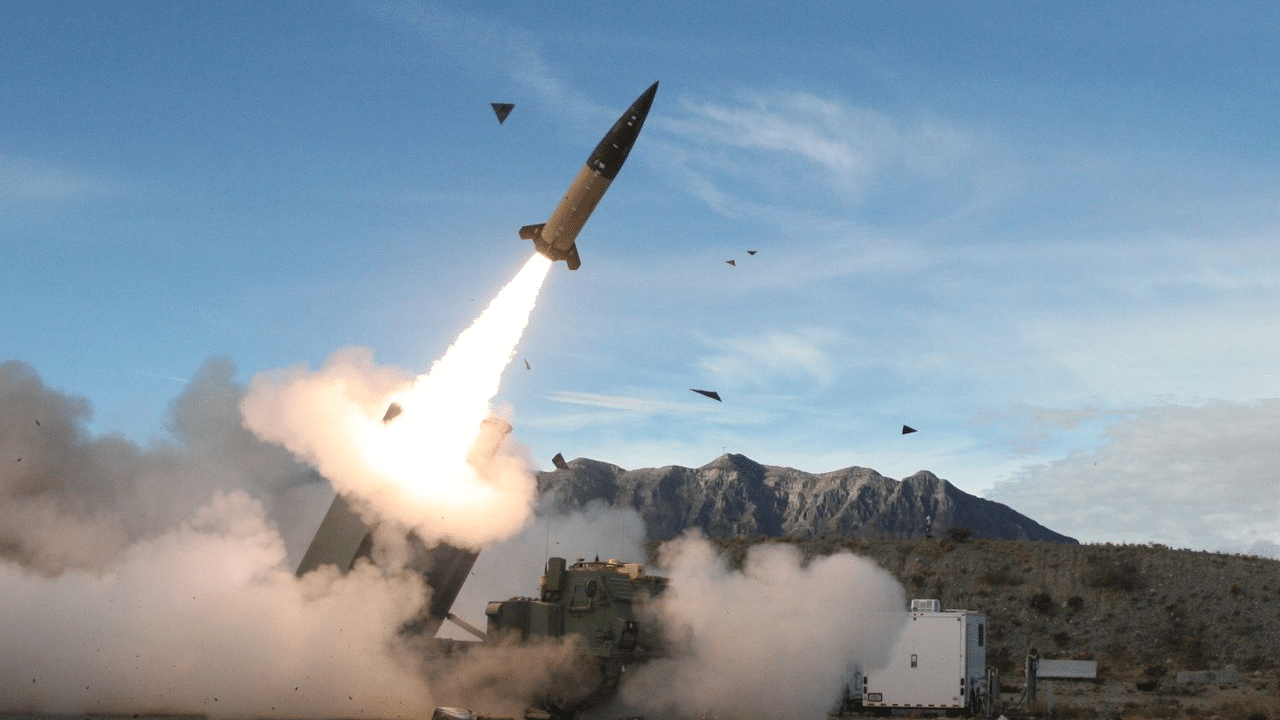This comes amid Kyiv’s failing counteroffensive and poses a major risk of escalation, President Volodymyr Zelensky has desired to use the long-range weapons to attack the Russian mainland.
The White House is close to deciding it will provide Ukraine with a cluster-armed version of the Army Tactical Missile System (ATACMS), which has a range of nearly 200 miles and can be fired from HIMARS launchers, according to the Washington Post. The HIMARS in Kyiv’s possession are currently firing munitions with a range of 50 miles. The US arming Ukrainian forces with ATACMS would mark a significant escalation in the proxy war with Russia and cross Moscow’s “red line.”
Sending ATACMS was ruled out until recently over concerns that the weapons could be used by Kyiv for attacks inside Crimea and the Russian mainland. However, for months, as Kyiv has launched more attacks against Russian territory and previous US concerns of escalation waned, there have been reports saying that the White House was increasingly considering sending the ATACMS to Ukraine.
Earlier this month, during an appearance on ABC’s ‘This Week,’ Secretary of State Blinken was asked if he approved of Ukraine using the US-provided ATACMS to carry out strikes deep inside Russian territory. “In terms of their targeting decisions, it’s their decision, not ours,” Blinken stated emphatically.
As the Post has previously reported, the Discord Leaks revealed that “behind closed doors, [President Volodymyr Zelensky] has proposed going in a more audacious direction… privately pining for long-range missiles to hit targets inside Russia’s borders, according to classified US intelligence documents detailing his internal communications with top aides and military leaders.”
Kyiv is currently carrying out myriad drone strikes in Crimea and Russia, which rely on US targeting intelligence.
The plan to provide ATACMS was postponed ultimately because there were not enough kept in US stocks, and officials said arming Kyiv with the long-range missiles would have a negative effect on the Pentagon’s readiness for other wars and conflicts.
Although, sources speaking with the Post explain that now the White House is instead planning on sending a version of the ATACMS armed with cluster submunitions, or bomblets, as opposed to a single or “unitary” warhead.
The cluster-armed version of the ATACMS is not considered a front-line US weapon anymore and is in much more plentiful supply. Kyiv is requesting hundreds of these missiles.
Interagency discussions on the issue have reportedly moved from the deputies committee to the principals committee, which includes the heads of each national security state agency. The final decision will ostensibly be made by President Joe Biden.
Cluster bombs open up in the air and scatter scores of small bomblets and submunitions across large target areas; however, a certain percentage of these don’t explode on initial impact and are called duds. These unexploded bomblets often kill and maim civilians who come upon them years and decades after the conclusion of the conflicts in which the arms have been used.
The Cluster Munition Coalition has found the primary victims of the duds are children who pick up the bomblets which look like metal balls. Shepherds and scrap metal collectors are often killed by these submunitions as well.
During the Vietnam War, US forces dropped hundreds of millions of cluster bomblets on Vietnam, Cambodia, and Laos. People still die in Laos on a yearly basis because of the tens of millions of unexploded ordinances left behind following US bombing campaigns.
More than 120 countries have signed on to a United Nations convention prohibiting the munitions which kill indiscriminately. Washington, Kyiv, and Moscow are not signatories.
The cluster bombs Washington is providing Kyiv with now have a dud rate of 14%, according to the New York Times. It is unclear what the dud rate on the cluster-armed ATACMS will be, and a 2022 Army publication suggests different versions hold between 300-950 submunitions.
This article was originally featured at Antiwar.com and is republished with permission.
































